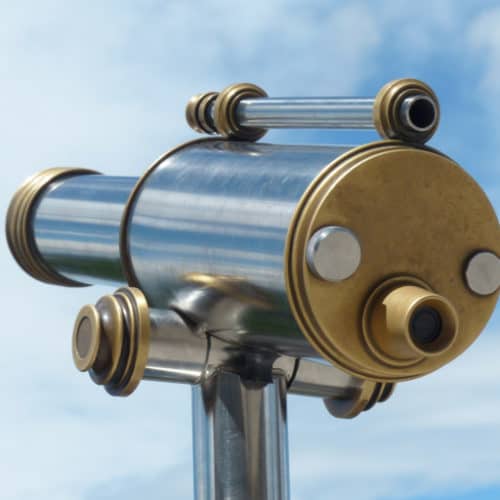Work faster with keyboard shortcuts
Using just a few keyboard shortcuts can get you a lot more efficient with Fast video cataloger. Here are the shortcuts I use regularly in Fast video cataloger.
Use the interactive smart search
Press CTRL – I to bring up the interactive smart search input field in the top bar. Type your search terms, and press “Enter” to search, then CTRL-I again to hide the window and go back to shortcut use. If you know your catalog this is by far the fastest way to filter a video collection. You can use the smart search to search keyword as well as other properties like for example the path. You can also use several search terms to quickly narrow down your search. If you for example type: c:\tmp\ 2019 you would find any videos in the c:\tmp folder or subfolders tagged with 2019.
Look in the documentation for how the smart interactive search works, if you are not using it you are missing out on one of the most powerful features in the software.

Iteractive video search lets you quickly drill down in huge video collections
Jump through the filtered video list
The ALT – o/l shortcut will let you go to the previous or next video in the current filtered list. It will work regardless of the video catalog window is visible or not.
Scrub through the selected video
Use ALT – j/l to jump to the next thumbnail in the currently selected video. This will let you quickly scrub through a video.
Use CTRL – “+” / “-“ to change the size of video thumbnails quickly. This can be very useful if you have lots of screens from a video and to see more of the video without using the mouse for scrolling.
And find the preferences
Press CTRL – p to instantly bring up the preferences.
Layouts are important
Setup a few ones and quickly switch between them with F1-F8. Layouts let you use the screen estate efficiently for your current tasks. Take the time to configure your own layouts.
Actions can have shortcuts
Did you know that you can assign custom shortcuts to actions and that actions can run external programs or fast video cataloger scripts?
And last….
All the shortcuts mentioned in this text are the default ones. You can reassign them if you would like to.
Check when you can use the Shift key. Some of the functions in the program have different meanings if the shift key is held down when the menu is selected. For example, the “Add to playlist” will work differently when the shift key is pressed.
